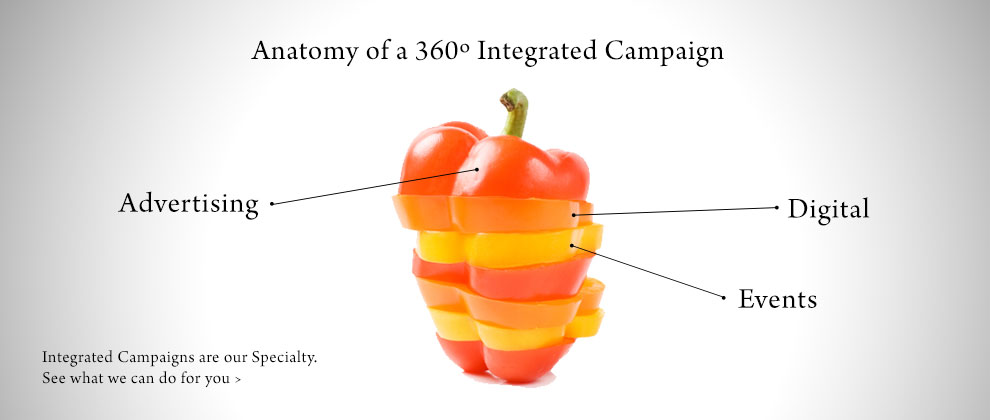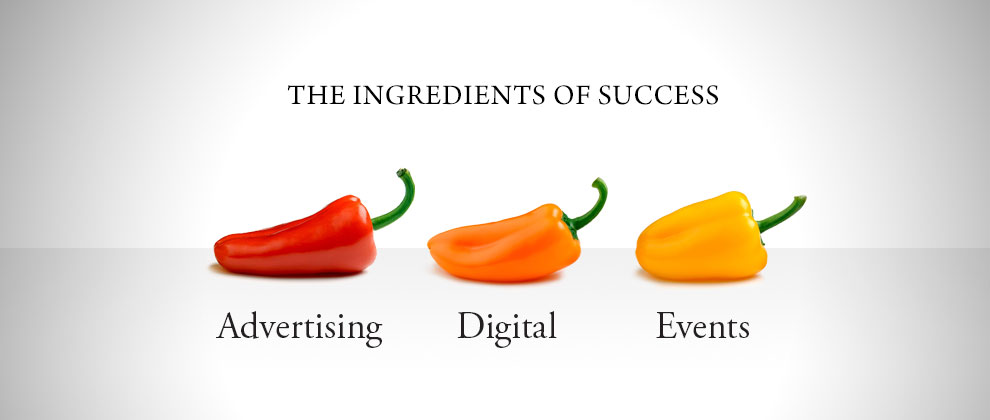We will be having a special series of blog posts from our Pepper Staff in honour of Pepper’s 13th Anniversary. This is the second part of a two-part blog post on logos by our Creative Team lead, Bjorn Stodart.
Our job as designers is to capture the essence of a brand into a mark that will stand the test of time.
When the right logo is aligned with an extraordinary product it can become a priceless asset for a company. The Nike swoosh, McDonald’s golden arches, Mercedes’ three-pointed star – just a few of the symbols permanently etched into our minds. Can you picture them now? In every instance, regardless of company, the small but essential element in the brand picture is the logo.
There’s no rulebook for how to build a brand through logo design, but there are some universal steps to help you on your way to develop the next brand identity project you get your hands on.
- Do your research
Ask your client – Why are you here? What do you do? How do you do it? What makes you different? Who are you here for? What do you value most?
- Try some sketchpad fun
Aside from giving your eyes a break from the pixels that dominate them on a daily basis, a traditional sketchpad lets you record ideas quicker when there isn’t a digital component between your hands and brains.
- Work in black and white
Leave colour out until the end, so you can focus your attention on the basics of the idea rather than an element that is much easier to change later down the line. A bad idea can’t be rescued by a colour palette. But a good idea will still be good regardless of colour.
- Write a design rationale
You may not be the best writer in the world, but putting your design into words can help you fill out a half-baked idea, and really hash out why a certain element should be a certain way. For example, an elegant typeface will suit a high-end restaurant more than a children’s nursery. The more appropriate your rationale behind a particular design, the easier it becomes to sell the idea to a client. Make notes: why did I do that? They’ll come in handy later on.
- Keep it simple
Simplicity helps recognition, especially with so many brands competing for our attention. Keep the design focused and uncomplicated. The design must work at a variety of sizes and range of applications. Minimal is in.
- Differentiate
What are your client’s competitors doing? Whatever it is, do your thing differently. If they use a particular typographic style, palette, or maybe they’re placing their symbol on the left of the brand name– do something different. Put yours on top or to the right or upside down. Be different.
- The bigger picture
Show how the logo will live on a number of applications from print to digital and everything in-between. You’re not creating in a vacuum. Always show how your logo interacts seamlessly with the rest of the brand.
- Don’t be too literal
The more abstract the mark, the more enduring it can become. Symbols don’t show what you do, they make it clear who you are.
- Symbols are not mandatory
You don’t always need a symbol; a strong word mark will do, especially if the company name is unique – hello Google ?
- Make people smile
People do business with people. Adding a human/emotional side to your work will always be important.













